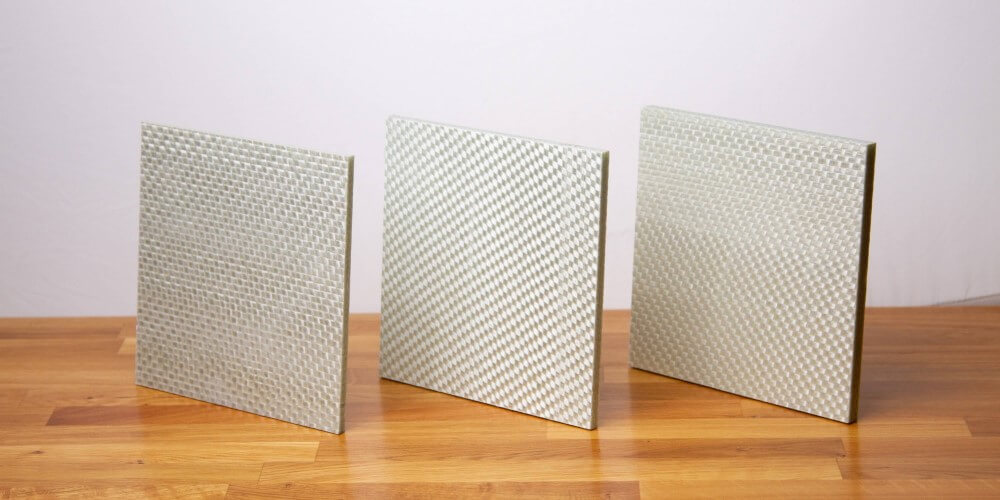The most vital part of a bullet proof system isn’t the flashy ballistic acrylic transaction windows or the bomb-proof buzz-thru door. It’s the part no one sees: The bullet proof fiber panels in the walls.
bulletproof Paneling Explained
Bullet resistant fiberglass is a hybrid material composed of a flexible cloth base that’s been soaked in a liquid resin. This gooey matt is then pressed and baked to make a hard, durable panel. All sorts of fibers can be used as the base for fiberglass. By using bullet proof materials as the underlying fiber matrix, fiberglass makers can craft panels capable of stopping bullets.
Why Bullet Proof fiberglass is Superior
You could make a wall bullet resistant by backing it with sheets of steel–which seems like a pretty cost-effective solution since, per square foot, steel is cheaper than bullet proof fiberglass. But there are problems with steel. First off, steel is heavy, which usually means that any walls lined with steel plates need to be reinforced. Fiberglass, on the other hand, is only slightly heavier than drywall. It’s rare that walls need to be beefed up to support it.
Additionally, steel’s hardness is a double-edged sword. Yes, the material must be hard and durable to stop a bullet, but that also makes it next to impossible to work on site. Your steel plates will need to be precisely fabricated in advance, and if any of those measurements are wrong, you’ll be dragging it back to the shop to trim it. But fiberglass is different: Due to its unique way of stopping bullets, it can be bullet resistant without being so inconveniently hard (fiberglass sheets flex and delaminate when struck; the resin flakes off, and the indestructible fibers catch the bullet). It’s easy to trim, drill, and finish panels at the job site using nothing fancier than a standard jig saw and power drill.
Finally, although armor plate steel is fairly reliable, conventional steel production methods do not lend themselves to consistent output, precise dimensions, or easy quality inspection. Conventional 1/8-inch or 10 gauge cold-rolled steel–with its highly variable carbon content, and thus strength–cannot be used in a bullet proof system. Bullet resistant fiberglass is produced to very precise specifications and easy to inspect for material defects, making it a more reliable material over the long haul.
Partnering With Experienced Suppliers
There are a lot of little details to get right in designing a bullet proof system, which makes partnering with an established bullet proof company a must. They can guide you through the bidding and measurement process, and field any questions that come up during the installation process. Contact Total Security Solutions to learn more.
Next Steps
- Check out our Ultimate Guide to Bulletproof Glass and Bullet Resistant Barriers
- Contact us for more great information about bulletproof glass


